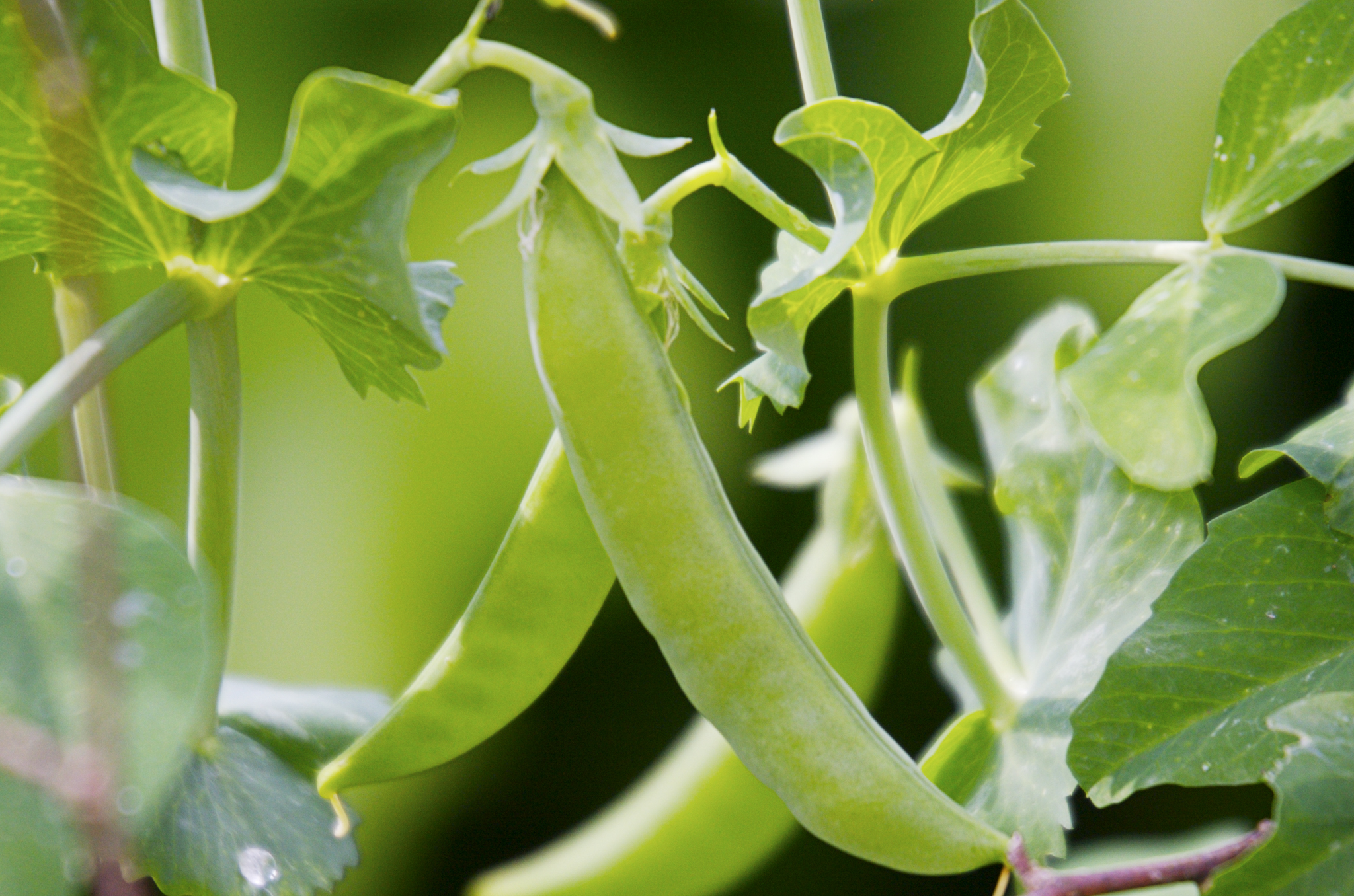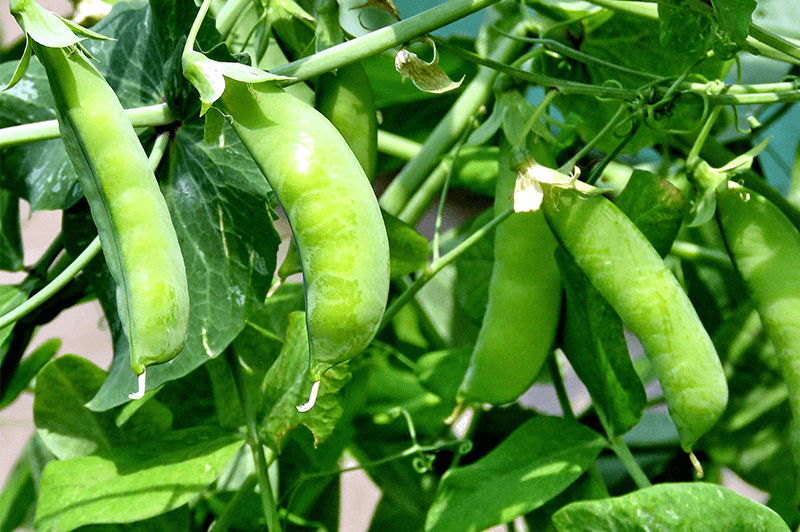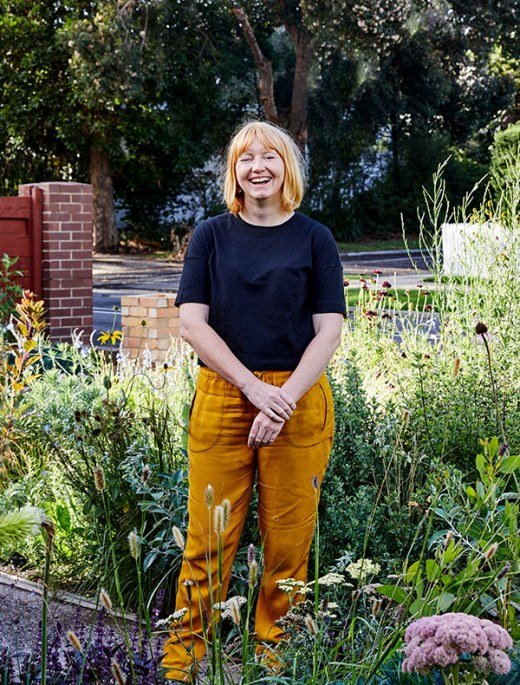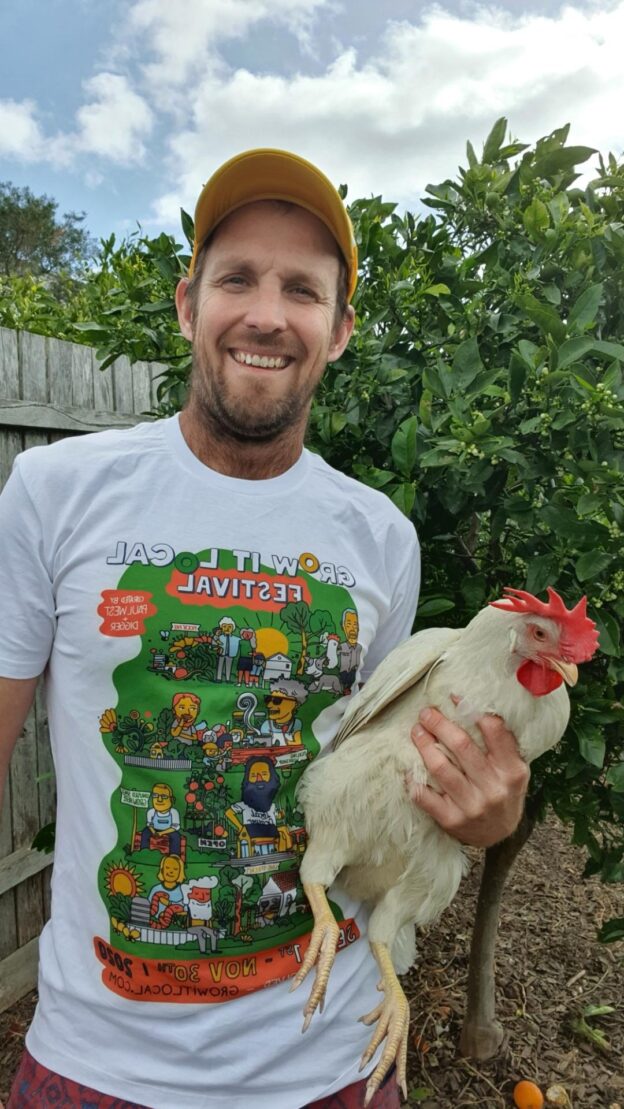Learn to grow microgreens at home, join Grow It Local +
Learn > How To
How to Grow Sugar Snap Peas

Sugar snap peas are cool-seasoned legumes commonly grown for their edible pods and seeds; they are part of the Fabaceae family which includes beans, chickpeas, and lentils.
ORIGIN
Sugar snap peas are believed to have originated from Central Asia where scientists have found carbon dated sugar snap peas in a cave between Thailand and Burma that were dated around 9750 BC.

NUTRITIONAL INFORMATION & HEALTH BENEFITS
Humans have been consuming sugar snap peas for thousands of years which were originally eaten straight out of the pod. One serving of sugar snap peas holds as much vitamin C as two large apples and more fiber than a slice of wholemeal bread. Sugar snap peas are rich in vitamin B1 which helps to turn food into energy to help keep your nervous system healthy.
Sugar snap peas also;
· possess lutein and zeaxanthin which is excellent for eye health
· are rich in coumestrol which aids digestion
· have high level of vitamins C, E, zinc, catechin and epicatechin which help control blood sugar levels and play a positive role in good heart health

WHERE TO PLANT SUGAR SNAP PEAS
Sugar snap peas are tasty, fun to grow and help fix nitrogen into the soil which is great for your garden. They benefit from a trellis to support their growth and will happily grow in pots on your balcony, courtyard or other small space environment.
Sugar snap peas enjoy full sun to partial shade and typically take between 60 and 70 days from planting to eating.
WHEN TO PLANT SUGAR SNAP PEAS
Sugar snap peas grow best under cool, moist growing conditions. They prefer daytime temperatures from 15C to 18C with a maximum of 24C and a minimum of 7C. Temperatures above 30C will cause early maturity and lower yields.
Stems and foliage are seldom affected by frost, but damage can occur if a cold snap follows a period of warm weather.
Peas thrive on a wide range of soil types, as long as the soil is well drained with good depth. The ideal pH range is 5.8 to 6.8 (in water).
In Australia sugar snap peas are commonly planted in the months of February, March, April & May. They are considered as one of the easiest vegetables to grow and simply delicious when eaten raw or cooked.

TIPS AND TRICKS TO GROWING SUGAR SNAP PEAS
Where possible select a sunny site to sow your sugar snap seeds. While sugar snap peas can grow in partial shade, they’ll be sweeter and more productive when grown in full sun. Sugar snap peas prefer well drained soil so raised beds and pot works brilliantly.
HOW TO SOW YOUR SUGAR SNAP PEAS
1. To improve germination, soak peas overnight in water before planting.
2. Plant seeds approximately 1cm deep (slightly deeper if your soil is dry) and about 6cm apart.
3. Plant in rows 20 – 30cm apart
4. Harvest continually
HOW TO SPROUT YOUR SUGAR SNAP PEA SEEDS
Step 1: Place peas in a bowl of water so that they get wet
Step 2: Check a sheet of paper towel and placed the peas in the middle of paper towel.
Step 3: Placed the peas in plastic bag. Check it daily and keep it wet. Peas will take 3-4 days to sprout.
Step 4: Once they sprout plant them in soil bed. To do so dig a trench in soill about 6-8 cm’s apart, throw the peas in and cover them with soil, water.
Step 5: Wait for the first one to pop up. Once the first one pops up, others will follow quickly.
MUSIC TO GROW TO
Get ready for some straight-up glam rock with Def Leppard’s ‘Pour Some Sugar On Me’. Yeeeew !
WHAT TO DO ONCE YOUR SUGAR SNAP PEA SEASON IS OVER?
Sugar snap peas are an annual crop which means the plant will die at the end of the season. I know its sad right but the good news is that sugar snap peas capture and store nitrogen in the soil which helps
is then decomposed by microorganisms and available to help subsequent crops grow tall and strong.
Why is Nitrogen in the soil so important?
Nitrogen is really important for plant growth, plant food processing and the creation of chlorophyll. Without enough nitrogen, plants cannot grow taller, or produce enough food in the form of seeds, pods, fruits or roots.
So once you’re sugar snap pea crop is a wrap we recommend planting another leafy vegetables such as lettuce, cabbage, broccoli or other.
Miso, pea and broccoli soup
You’re going to love this healthy and delicious miso-inspired split pea soup which is so easy to make.
Ingredients
500 grams broccoli (1 large or 2 small heads)
3 cups frozen peas
1 brown onion
1-2 cloves garlic
40-50 grams fresh ginger (about 2 thumbs’ worth)
2-3 tbsp miso paste (I like brown rice miso) – adjust depending on how strong you want the miso flavour
4-6 cups boiling water
2 tbsp coconut oil (or other frying oil
salt & pepper to taste
Directions:
Instructions
Peel and finely chop the onion, ginger, and garlic. Chop the broccoli into florets.
Pop the coconut oil, onion, ginger and garlic into a large saucepan. Place over a high heat and saute for 2-3 minutes, until fragrant and the onion starts to turn translucent.
Add in the broccoli florets and cook for a further 2 minutes, stirring occasionally.
Pour in 4 cups of hot water and add in the 3 cups of frozen peas. Reduce the heat to a gentle simmer. Cover and cook for approximately 3-5 minutes.
Add in the miso paste and stir until the miso paste has dissolved into the water. Continue to simmer away, covered, for a further 5 minutes, until all the vegetables are soft.
Remove the soup from the heat and allow to cool a little (to allow safer and easier handling). Then, use a stick/immersion blender to blend in the saucepan, or transfer the soup to a regular blender jug to process until smooth. You can add 1-2 additional cups of hot water to thin out the soup to your desired consistency.
Season the soup with salt and pepper to taste. Warm gently in a saucepan to get it piping hot again before serving.




